20 Unusual Foods From Around The World You Won’t Believe Are Real

From crunchy critters to fermented treats, the world is full of bizarre dishes you might not believe are real – until you try them! Explore these 20 unusual foods that will take your taste buds on a wild adventure across the globe.
1. Fried Tarantula
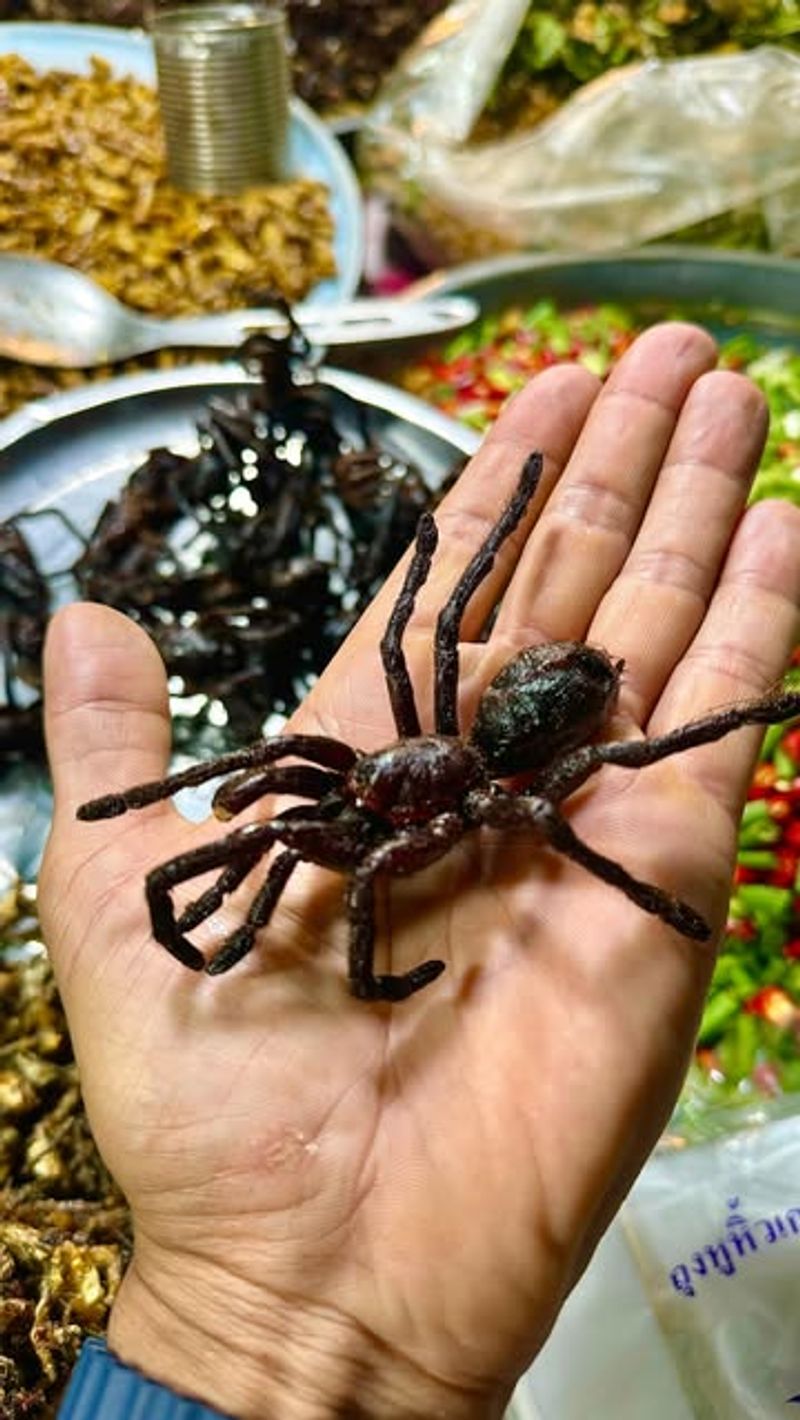
In Cambodia, fried tarantulas are a local delicacy. These crispy critters are seasoned and deep-fried, offering a unique culinary experience. Eating a tarantula might sound daunting, but locals and adventurous tourists swear by its savory taste.
This dish originated during the Khmer Rouge regime when food was scarce. Locals turned to insects for sustenance. Today, it is a popular street food in Cambodia, symbolizing survival and innovation.
If you’re brave enough, try one with lime and pepper sauce for an unforgettable crunch. Embrace the exotic flavors and discover why these arachnids are loved by many. It’s a crunchy, flavorful, and bold snack that you won’t soon forget!
2. Hákarl (Fermented Shark)
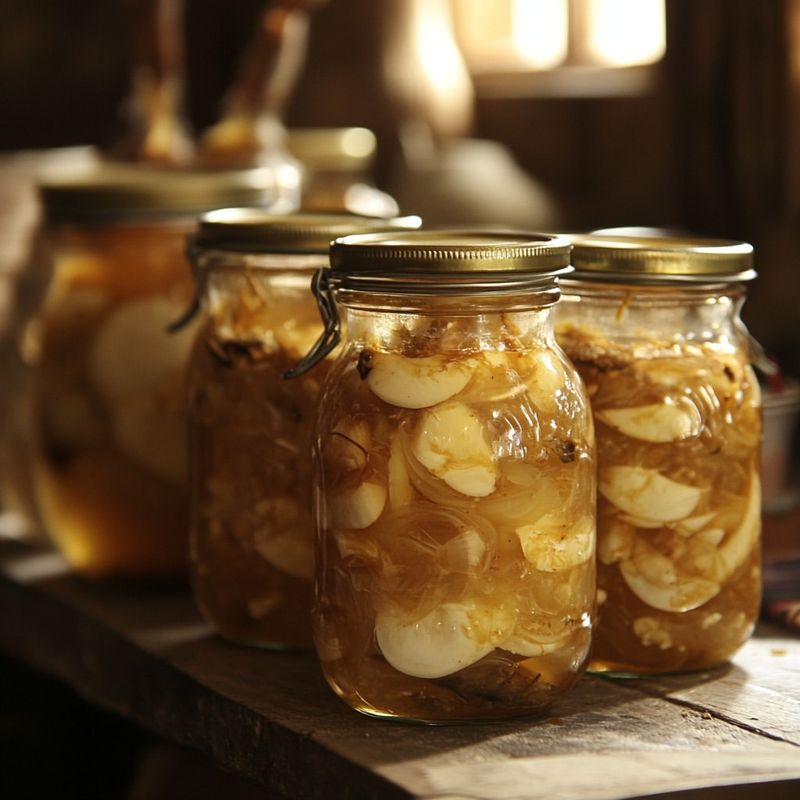
Ever wondered what’s for dinner in Iceland? Fermented shark, known as hákarl, is a traditional dish. The shark meat is buried underground for months, then hung to dry, resulting in a strong ammonia scent.
This delicacy dates back to the Viking era. It was a method to preserve meat through harsh winters. Adventurous eaters often describe the taste as an acquired one, with a pungent aroma that’s not for the faint-hearted.
Hákarl is typically served in small cubes as part of a traditional Icelandic platter. Pair it with a shot of Brennivín, Iceland’s schnapps, to brave this culinary challenge. It’s an experience that dives deep into Icelandic heritage.
3. Casu Marzu (Maggot Cheese)
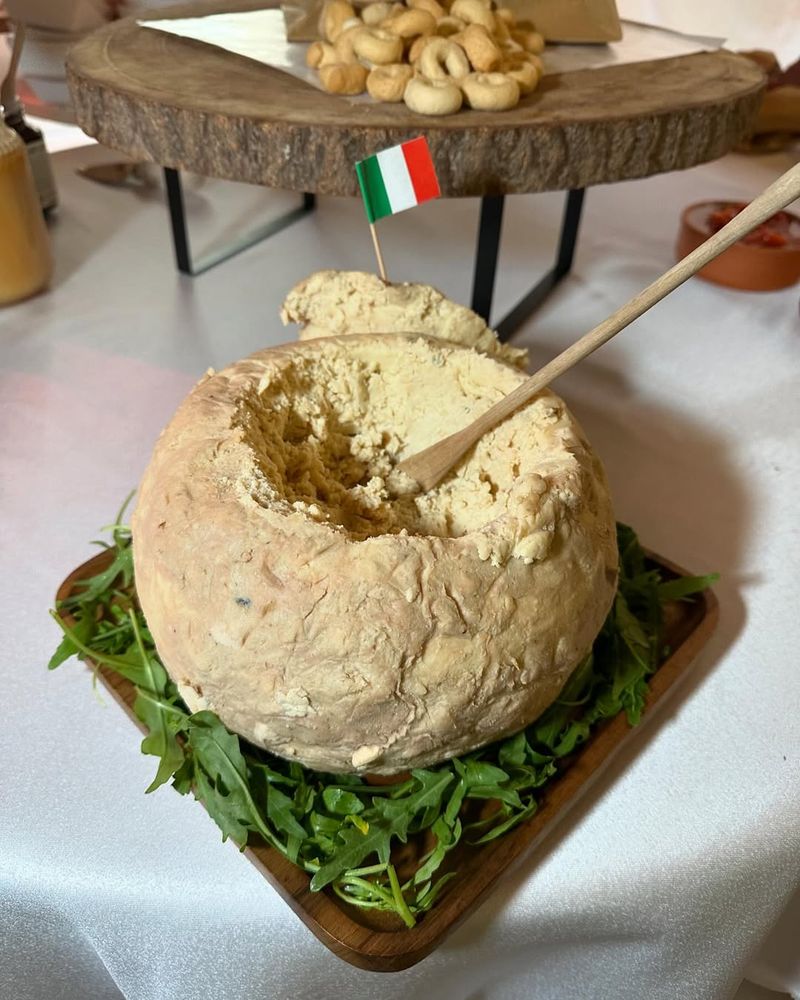
Venture to Sardinia, Italy, for a taste of Casu Marzu, the infamous maggot cheese. This cheese is made from sheep’s milk and has live larvae wriggling inside.
The maggots help ferment the cheese, creating a soft and creamy texture. Known as the “world’s most dangerous cheese,” it’s illegal in many places due to health concerns.
Despite its reputation, locals relish this delicacy. It’s traditionally enjoyed with Sardinian flatbread and red wine. For those daring enough to try, the cheese offers intense flavors, with a tangy and spicy kick. Embrace the cultural heritage and savor a truly unique Sardinian experience.
4. Balut (Fertilized Duck Egg)
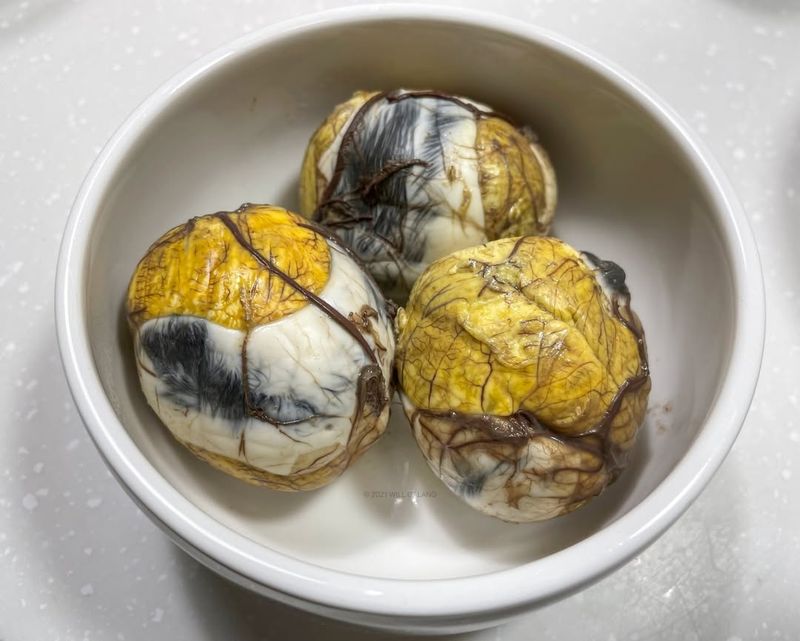
In the Philippines, balut is a popular street food, consisting of a fertilized duck egg. Crack open the shell to reveal a partially developed embryo inside.
Balut is typically boiled and eaten with a dash of salt or vinegar. It’s a protein-rich snack enjoyed by locals and curious travelers. Often served warm, it’s considered a delicacy and touted for its purported aphrodisiac properties.
While the thought might turn some away, many find it delicious and flavorful. Each bite offers a mix of textures, from the tender embryo to the rich yolk. It’s a bold culinary adventure that captures the essence of Filipino street food.
5. Surströmming (Fermented Herring)

In Sweden, surströmming is an infamous dish known for its intense smell. This fermented herring is canned and left to mature, resulting in a pungent aroma.
Originally created to preserve fish, surströmming is now a unique Swedish tradition. Its potent scent is notorious, but many enjoy it as part of a traditional meal.
Served with thin bread, onions, and potatoes, it’s a social eating experience. If you can get past the smell, the taste is surprisingly mild and tangy. For those willing to try, surströmming offers a glimpse into Swedish culture and a test of your culinary courage.
6. Escamoles (Ant Larvae)
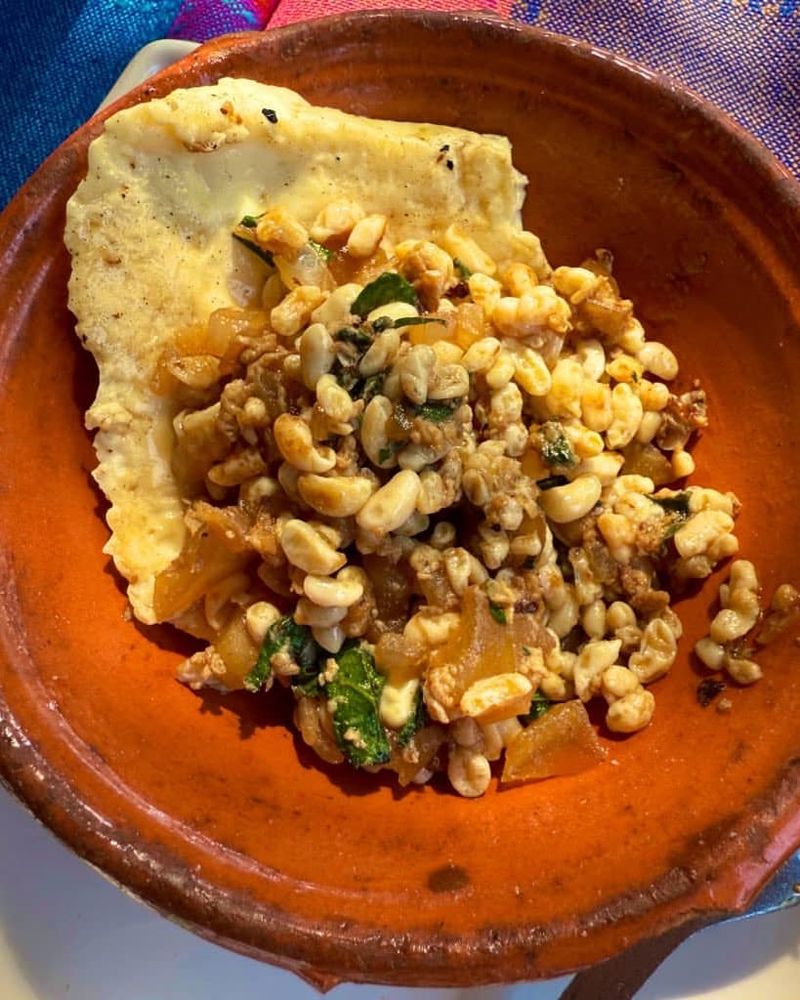
In Mexico, escamoles are known as the “caviar of insects.” These ant larvae are harvested from the roots of agave plants and cooked into a delicacy.
Served with butter, spices, and often in tacos, escamoles offer a nutty, buttery flavor. This ancient dish dates back to the Aztecs, showcasing Mexico’s diverse culinary history.
Despite the initial hesitation, escamoles are prized for their rich taste and texture. They’re a luxurious dish that represents a fusion of tradition and innovation. For the daring foodie, it’s an opportunity to explore Mexico’s unique gastronomy and embrace the unexpected.
7. Century Egg
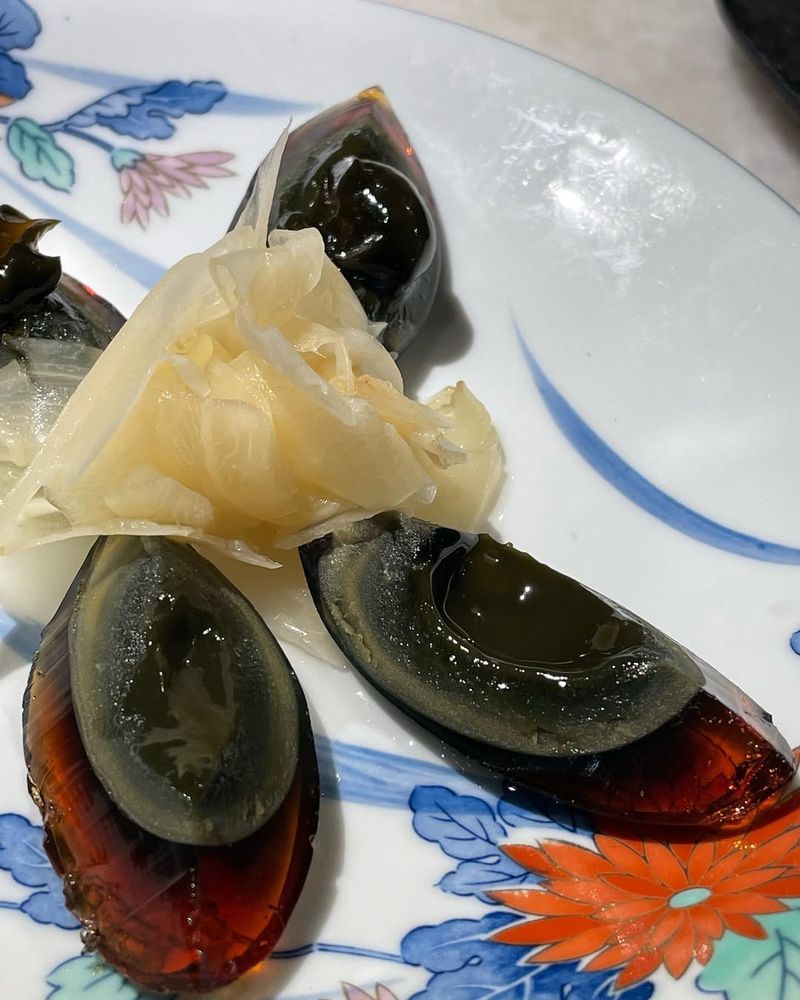
Century eggs, or pidan, are a Chinese delicacy with a bold appearance. These preserved eggs are transformed over weeks in a mixture of clay, ash, and salt.
The result is a gelatinous, black egg with a creamy yolk. Its unique flavor is salty and pungent, often paired with tofu or rice porridge.
Dating back centuries, these eggs were developed as a preservation method. Today, they’re a staple in Chinese cuisine, enjoyed by those who appreciate bold flavors. If you’re ready to challenge your palate, the century egg offers a rich taste of China’s culinary heritage.
8. Kopi Luwak (Civet Coffee)
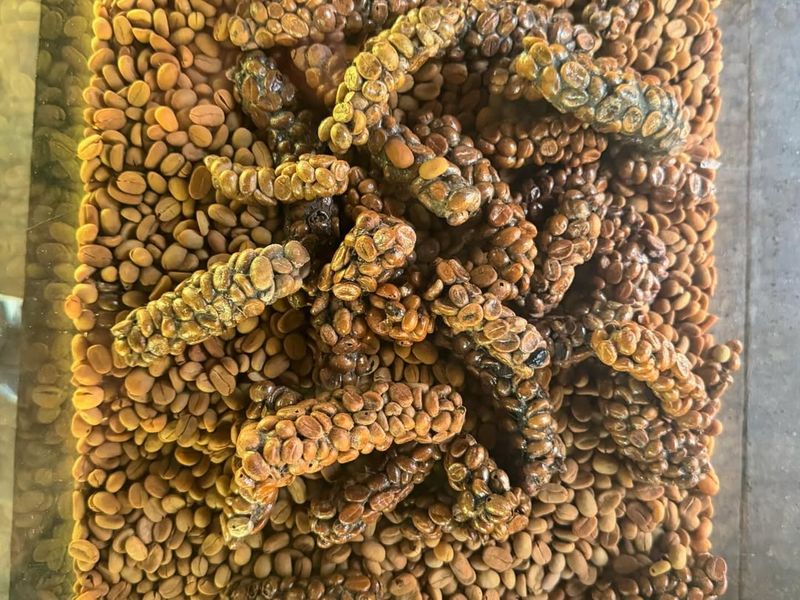
Kopi Luwak, or civet coffee, hails from Indonesia and is one of the world’s most expensive coffees. The secret? The beans are eaten and fermented by civet cats before being collected.
The process enhances the coffee’s flavor, making it smooth and aromatic. Despite its unconventional preparation, it’s a luxury item sought by coffee connoisseurs.
With a complex profile and rich taste, Kopi Luwak is a treat for adventurous coffee lovers. It’s a unique blend of nature and craftsmanship, offering a taste of Indonesian innovation. For those curious about exotic brews, this coffee is a must-try.
9. Fugu (Pufferfish)
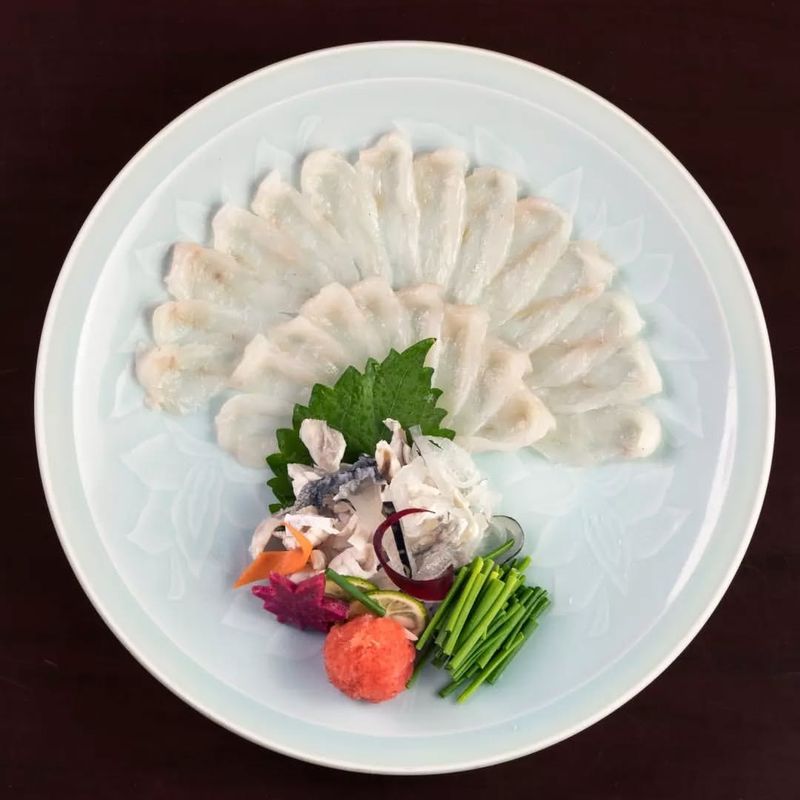
Fugu, or pufferfish, is a Japanese delicacy known for its potential danger. The fish contains tetrodotoxin, a potent poison, and must be prepared by trained chefs.
Fugu’s safety regulations are strict, ensuring that diners can enjoy this dish without risk. The fish is served as sashimi, with a delicate taste and unique, chewy texture.
The thrill of eating fugu lies in its reputation. For those seeking a daring dining experience, this dish offers a blend of danger and elegance. It’s a testament to Japanese culinary art and meticulous skill.
10. Huitlacoche (Corn Fungus)
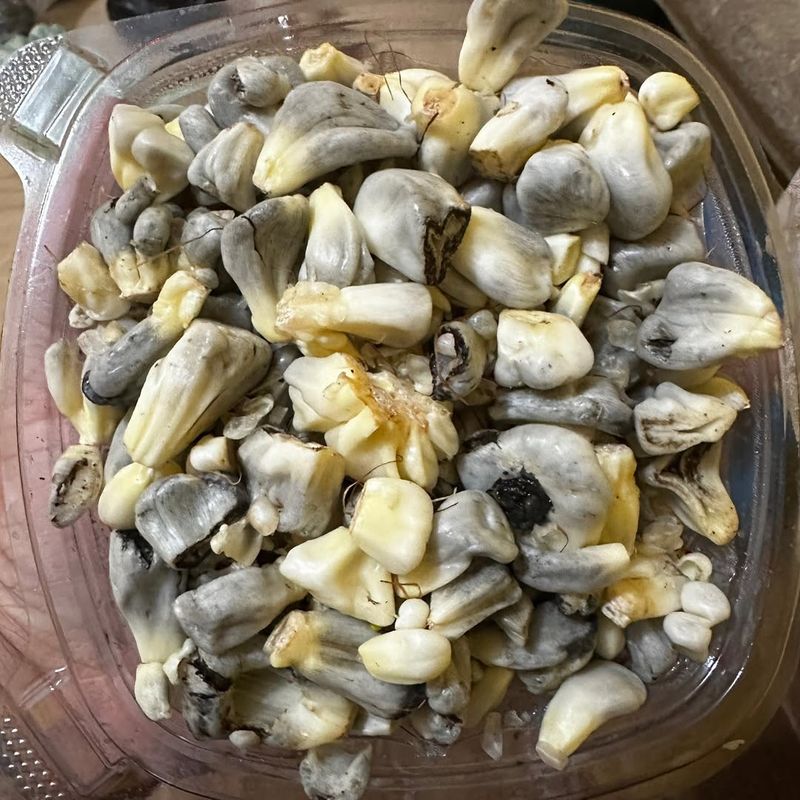
Huitlacoche, or corn fungus, is a Mexican delicacy that transforms corn into a gourmet ingredient. Known as “Mexican truffle,” it’s a fungus that grows on corn.
The fungus turns the kernels black and swollen, imparting a earthy and rich flavor. Used in quesadillas or soups, it’s a beloved ingredient in Mexican cuisine.
Despite its unusual appearance, huitlacoche is cherished for its umami taste. It’s a celebration of Mexico’s agricultural creativity. For those exploring unique flavors, this dish offers a savory journey into Mexican culinary traditions.
11. Jellied Moose Nose
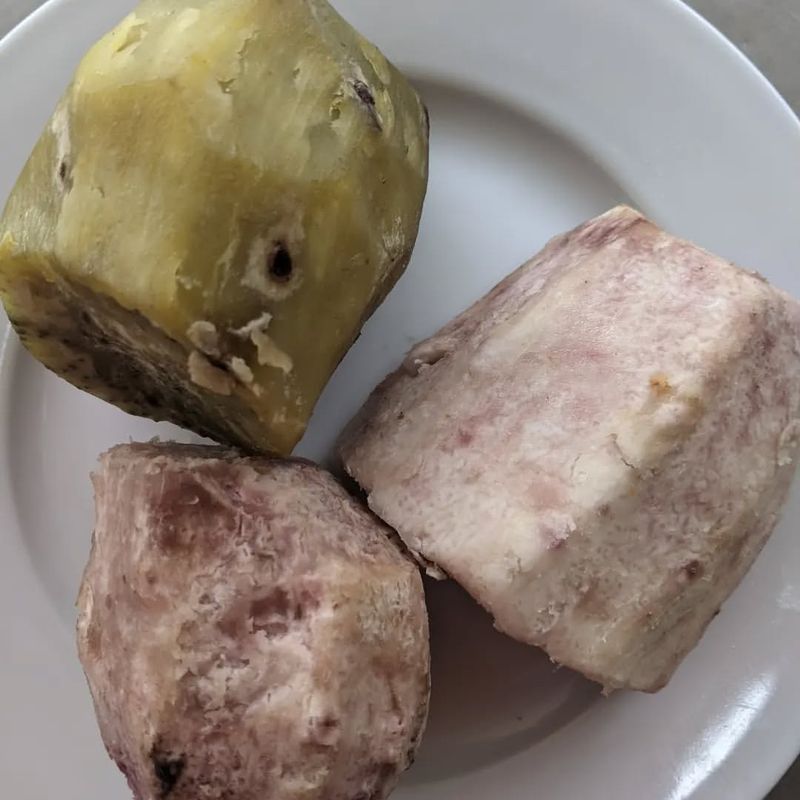
From Canada comes jellied moose nose, a dish as wild as its name. The moose nose is simmered and set in a gelatin, offering a unique taste and texture.
This dish is part of the culinary tradition in Northern Canada, showcasing resourcefulness and a nose-to-tail approach. It’s a savory treat with a hint of gamey flavor.
For those willing to venture into uncharted territory, jellied moose nose is a testament to Canada’s untamed spirit. It’s an opportunity to sample a piece of Canadian heritage and embrace the wild side of gastronomy.
12. Natto (Fermented Soybeans)

Natto is a traditional Japanese food made from fermented soybeans. It’s known for its sticky texture and strong odor, making it a polarizing dish.
Despite its pungency, natto is packed with nutrients and is favored for its health benefits. It’s commonly eaten for breakfast, served over rice with soy sauce.
While its slimy consistency might deter some, natto offers a taste of Japanese culture and nutrition. Embrace the challenge and discover why this dish remains popular in Japan. It’s a culinary adventure that’s both healthy and intriguing.
13. Sannakji (Live Octopus)
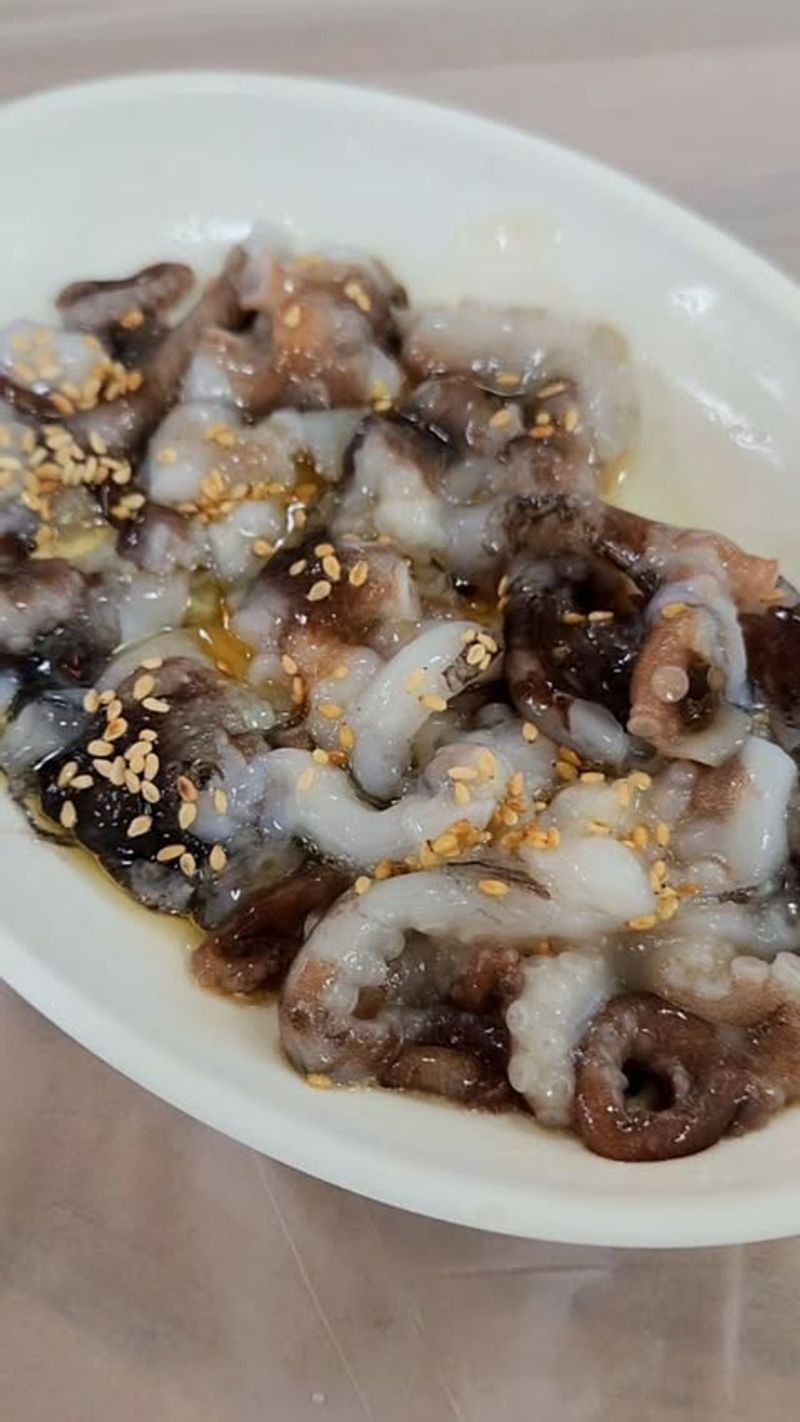
In Korea, sannakji offers a dining experience like no other. This dish consists of live octopus, cut into small pieces and served immediately.
The octopus pieces continue to move on the plate, providing a unique sensory adventure. It’s seasoned with sesame oil and salt, enhancing its fresh taste.
Eating sannakji requires caution, as the suction cups can stick to the mouth. For thrill-seekers, this dish provides an unforgettable encounter with Korean cuisine. It’s a daring exploration of texture and taste that keeps diners on their toes.
14. Bird’s Nest Soup
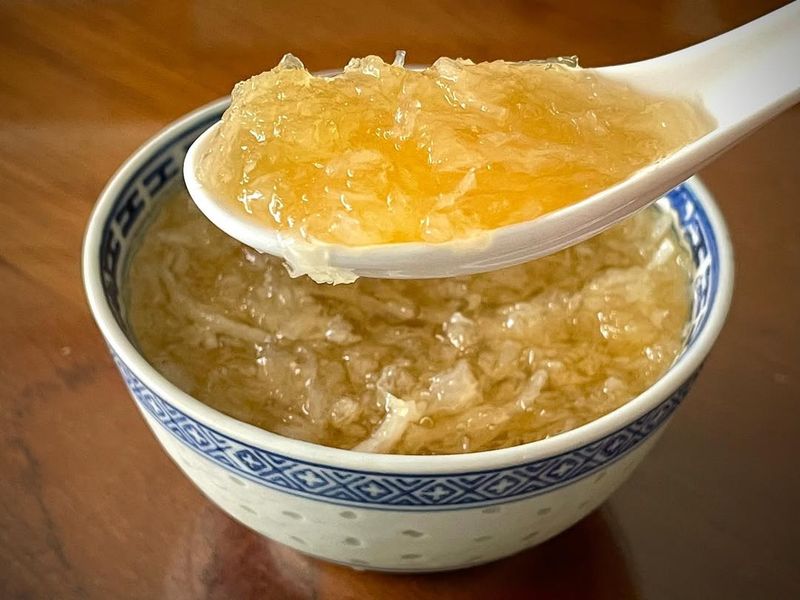
Bird’s nest soup is a luxurious Chinese delicacy made from the nests of swiftlets. These nests are constructed from the birds’ saliva, which gels when cooked.
Valued for its texture and health benefits, the soup is often served at banquets. It’s believed to promote skin health and boost the immune system.
The delicate flavor and unique preparation make bird’s nest soup a prized dish in Chinese culture. For those seeking an opulent experience, it offers a glimpse into the world of gourmet Chinese dining. It’s a blend of tradition and indulgence.
15. Tuna Eyeballs
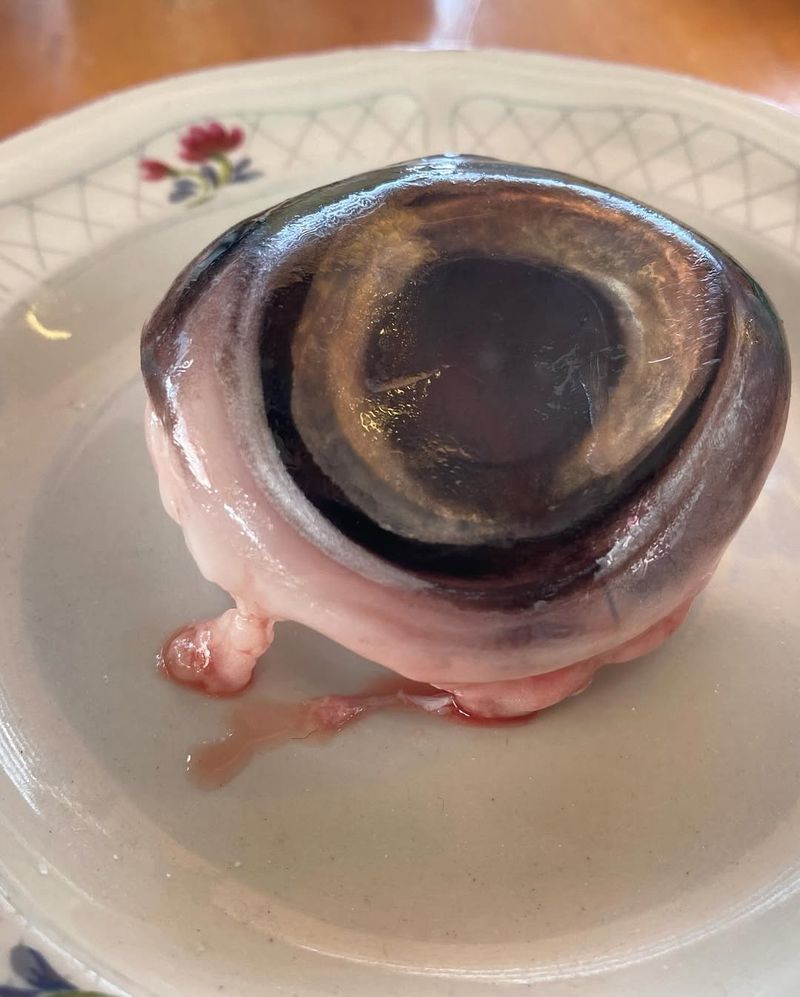
In Japan, tuna eyeballs are a surprising delicacy available at fish markets. These large eyes are cooked and served as a side dish.
The texture is gelatinous, with a mild flavor reminiscent of squid. Often seasoned with soy sauce and garlic, they’re an adventurous snack.
For the curious foodie, tuna eyeballs offer a novel taste of Japanese seafood culture. It’s a testament to the “waste not” philosophy, utilizing every part of the fish. Dive into this unexpected treat and discover a new perspective on seafood.
16. Stargazy Pie

Stargazy pie is a quirky dish from Cornwall, England, featuring whole fish baked into a pie. The fish heads poke through the crust, appearing to gaze at the stars.
Traditionally made with pilchards, eggs, and potatoes, it’s a hearty and savory pie. The dish celebrates Tom Bawcock, a legendary fisherman who saved a village from famine.
Stargazy pie is an ode to Cornish ingenuity and folklore. It’s a whimsical addition to any culinary adventure, offering a taste of England’s coastal traditions. For those intrigued by history and flavor, this pie is a delightful discovery.
17. Lutefisk

Lutefisk is a traditional Scandinavian dish made from dried fish, treated with lye, then rehydrated. The result is a gelatinous texture with a mild flavor.
This dish has ancient roots, originally developed as a preservation method. It’s especially popular during Christmas in Norway and Sweden.
Despite its unusual preparation, lutefisk is celebrated for its cultural significance. It’s served with sides like potatoes and bacon, offering a taste of Scandinavian hospitality. For those exploring Nordic cuisine, lutefisk is a must-try. It’s an experience that’s both historical and hearty.
18. Chapulines (Grasshoppers)
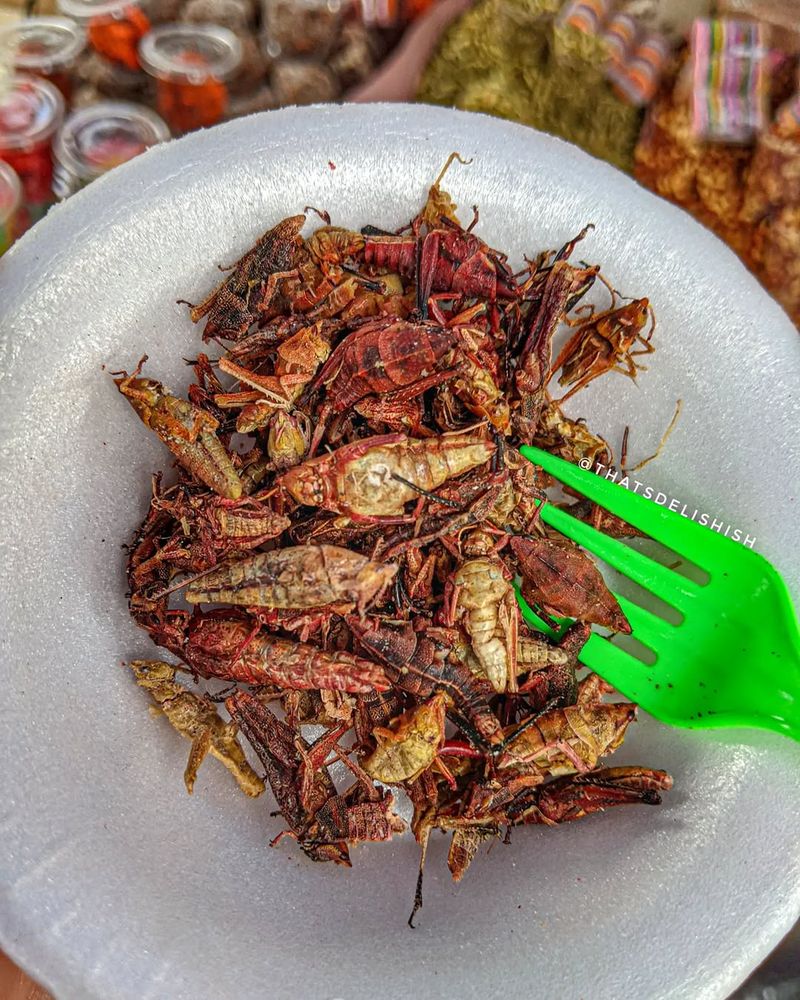
Chapulines are seasoned grasshoppers enjoyed in Mexico, offering a crunchy and tangy snack. These insects are toasted with chili, lime, and garlic, creating a flavorful treat.
A staple in Oaxaca’s cuisine, chapulines have been eaten since pre-Hispanic times. They’re rich in protein and considered an eco-friendly food source.
For those curious about insect cuisine, chapulines provide a zesty introduction to Mexican flavors. They’re a sustainable snack that reflects Mexico’s vibrant culinary heritage. Embrace the unexpected and savor the crunch of these tiny delights!
19. Kumis (Fermented Mare’s Milk)
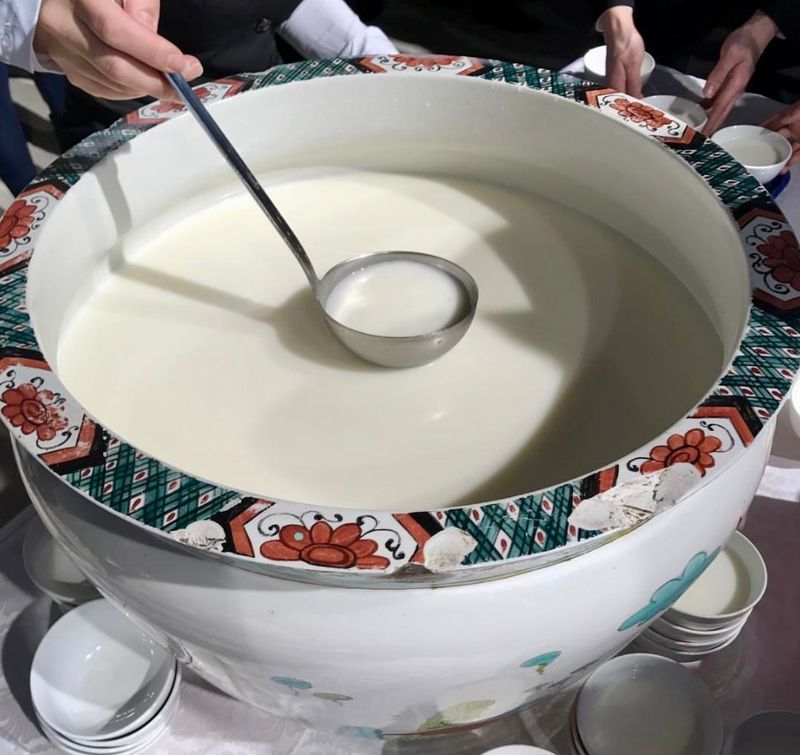
Kumis is a traditional Central Asian drink made from fermented mare’s milk. It’s a staple in countries like Mongolia and Kazakhstan, known for its slightly sour and tangy taste.
Fermentation gives kumis a mild alcoholic content, making it a unique beverage experience. It’s cherished for its refreshing qualities and cultural significance.
For those exploring the world of unusual drinks, kumis offers a taste of nomadic traditions. It’s a beverage that connects drinkers to the vast steppes and rich history of Central Asia. Raise a bowl and toast to an ancient way of life.
20. Fried Bats
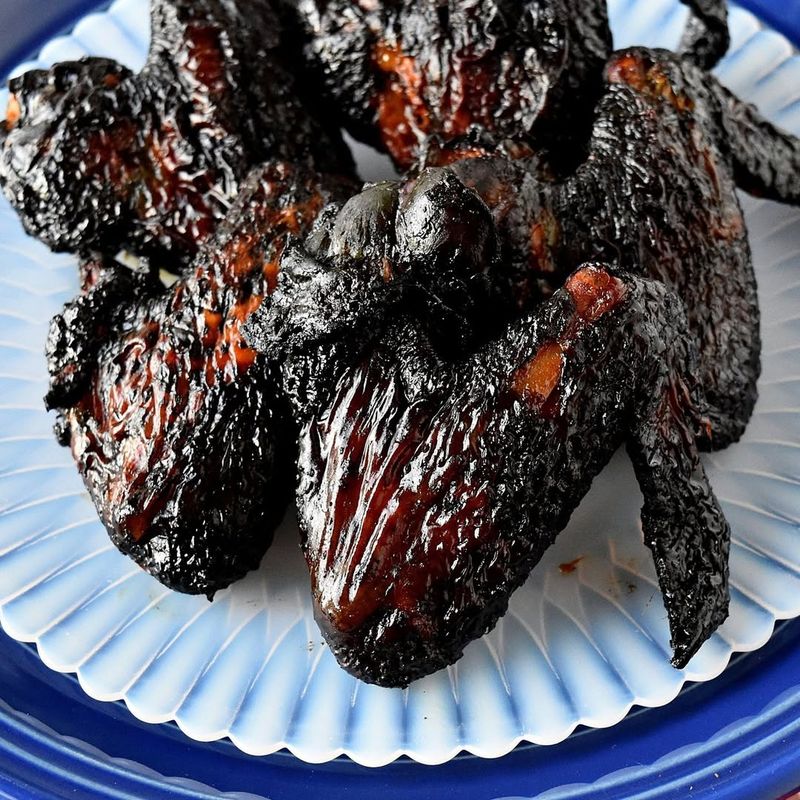
In Indonesia, fried bats are a daring dish found in some regional cuisines. The bats are seasoned and deep-fried, resulting in a crunchy texture.
This unusual dish is part of specific cultural practices, often tied to local traditions. It’s said to have a flavor similar to chicken, with a hint of gaminess.
For those seeking a bold culinary experience, fried bats offer a journey into Indonesia’s diverse food landscape. It’s a dish that challenges norms and invites curiosity. Explore this exotic meal and question what truly defines delicious.
